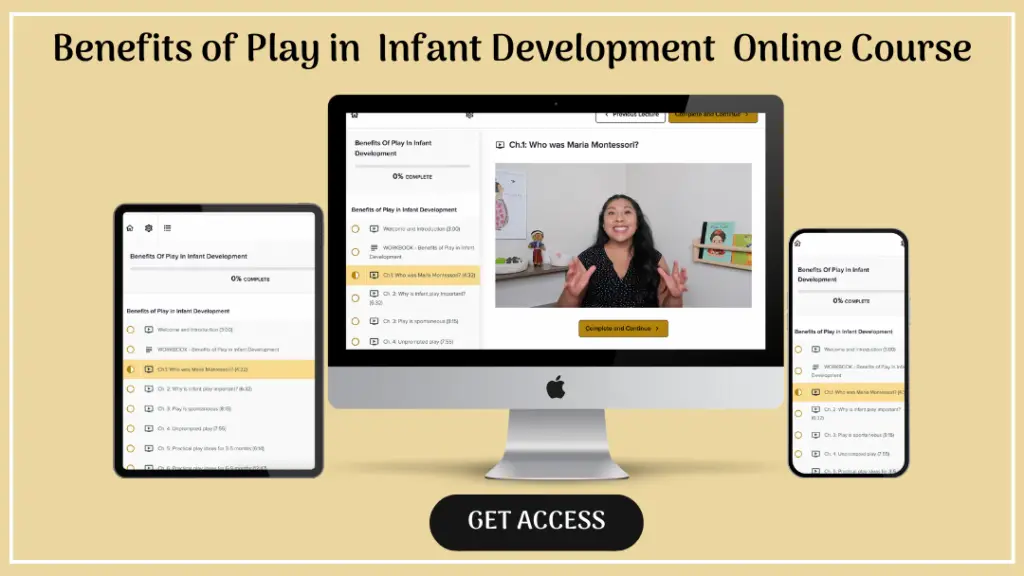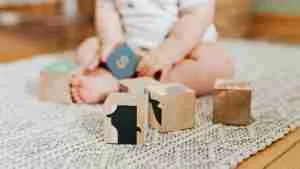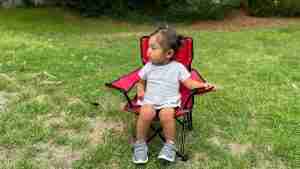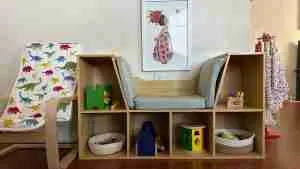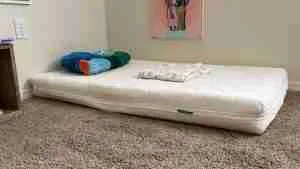
How To Introduce A Pikler Triangle To Your Baby

*Disclosure: I only recommend products I would use myself and all opinions expressed here are our own. This post may contain affiliate links that at no additional cost to you, I may earn a small commission. Thank you for your support!
Share this post
How do I introduce a Pikler triangle to my baby?
The best way to introduce a Pikler triangle to your baby is to allow them to touch it and naturally explore it.
Sometimes we get too excited and we want to see our babies climb up the triangle, and we place them on it so they can begin climbing. But forcing them may not be the best idea because it may create fear.
Simply allow your child to touch it to create a natural curiosity to explore and play with the triangle.
Here is a simple guide to help you introduce a Pikler triangle to your baby in the most natural way.
How to introduce a Pikler triangle to your child
I created a series of steps to introduce the Pikler triangle to your child. These are the exact steps I used when I bought a triangle for my daughter.
Create a safe space for your child
The first step to introducing the Pikler triangle to your child is to create a space where your child can play with it safely.
Consider safety first. Before you introduce the Pikler triangle to your child, ensure that the triangle is assembled correctly and that the area where you will place it is free of hazards.
Choose the right location for the triangle. Choose a location for the Pikler triangle that is safe, spacious, and accessible to your child. You may place the climbing triangle on a carpeted area or on a soft rug to cushion falls.
Putting the Pikler triangle together. Putting together the Pikler triangle is fairly easy. The climbing triangle will come with instructions so you can safely assemble it. When you put it together, double-check it to ensure that it is stable and strong.
Introducing the Pikler triangle to your child
Once you put the Pikler triangle together and in a safe space, you can begin to introduce the climbing triangle to your child.
Create a comfortable environment. Create a safe and comfortable environment for your child to play in. Most likely this will be your child’s room where they will spend most of their time.
Help your child get interested in the triangle. Allow your child to play with the Pikler triangle by themselves. You can place some of their favorite toys near the triangle to encourage them to explore it.
Demonstrate how to use the Pikler triangle. You can show your child how to use it safely. When your child sees you play with the triangle, they will be encouraged to play with it too.
Add accessories to the triangle. When your child is confident to climb the triangle, you may add a slide, a rockclimb, or a rocker to make the climbing more challenging.
Activities your child can do on the Pikler triangle
The Pikler triangle is not just for climbing. We’ve used our Pikler triangle to build a small tent or play hide and seek. Here are a few activities your child can do with the Pikler triangle.
Crawling through the triangle. Crawling is a great activity for infants on the Pikler triangle as it helps them to develop their gross motor skills, spatial awareness, and balance.
Climb over the triangle. Your child will begin climbing up and down. But you can show them how to climb over to the other side of the triangle. This requires more effort and lots of critical thinking.
Use the slide and rocker. Some triangles come with a slide and rocker, which adds another level of fun. We like to put all pieces together and our daughter loves it.
Build a tent. Place a sheet over the triangle to make a tent. Our daughter loves to put her toys in the tent.
Race toys down the ramp. The ramp can be used as a race track. Place some cars or toys on the ramp and see which one makes it to the bottom the fastest.
Build an obstacle course. Use all the parts of the Pikler triangle to make an obstacle course. You and your child will have lots of fun competing against each other!
Pikler triangle FAQs
There are many benefits associated with Pikler triangles, especially during your child’s early years.
Your child will build and improve their physical, cognitive, and emotional development. It provides opportunities for gross motor skill development, such as climbing, crawling, and hanging.
Your child will also improve their independence, self-confidence, balance, and coordination.
Your child may begin using the Pikler triangle once they are crawling and showing signs of wanting to walk. This usually happens at around six months.
Pikler triangles come in different sizes but a lot of them are made to grow with your child. Some climbing triangles are shorter and made specifically for infants.
If you think your child will use the Pikler triangle for many years, then I suggest you buy one that comes with ramps and rockers.
Pikler triangles come with instructions and are very easy to assemble. It only requires a few tools which may also be provided with the triangle. Simply follow their instructions and you are good to go.
Yes, as long as you follow instructions and use the triangle as intended. Also, make sure that the climbing triangle is placed on an even surface and remove all potential hazards like sharp furniture edges.
Most Pikler triangles are made of high-quality wood, which is what I recommend you buy.
Usually, Pikler triangles are designed for indoor use but some models can be used outdoors as well if they are made from weather-resistant materials. Always follow the manufacturer’s instructions on how to use it.
For the most part, yes. Pikler triangles come in many sizes, and some models are designed to be used in small spaces.
Pikler triangles come with a weight limit. If your triangle can hold the weight of more than one child, then use caution when they play with it.
I simply use a damp cloth to clean ours. But I suggest you read the manufacturer’s instructions for cleaning and to inspect it regularly for any signs of wear or damage.
What to do next?
The best way to introduce the Pikler triangle to your child is by letting them touch it and experiment with it. Simply step back and allow your child to experiment on their own.

Hello, I am Leslie. I am on a mission to help you support the growth and development of your child. With the right tools and proper guidance, you can navigate parenthood with confidence and assertion! My goal is to equip you with knowledge to help you construct a strong foundation for your child’s life.
Suggested articles
You May Also Like

11 Pregnancy Must-Haves For First Time Moms
A complete list of pregnancy must-haves for first time moms make your pregnancy journey a lot more comfortable and enjoyable.
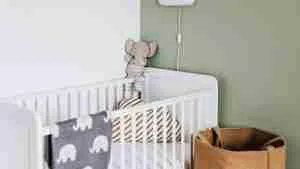
5 Best Cribs For Short Moms: Never Fall In Again
This is a full list of the best cribs for short moms. These cribs are less than 40 inches high, which is ideal for all of us short moms out there!
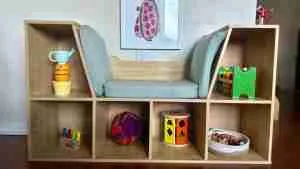
Montessori Toy Rotation: Follow Our Fail-Proof System
Toy rotation is simply having a set number of toys on your child’s toy shelf for a period of time and then swapping them with a new set of toys.

